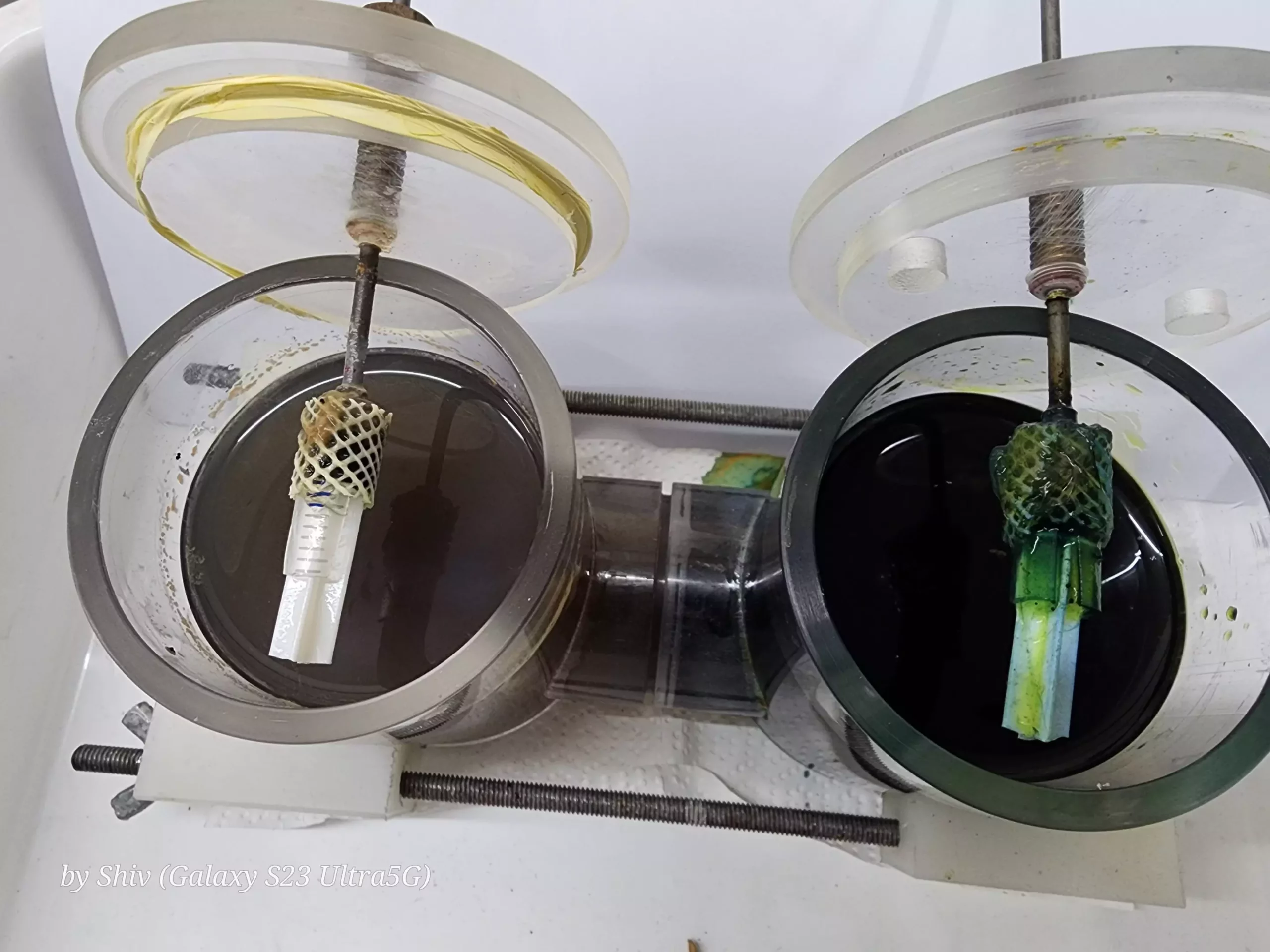The challenge of waste management has become a significant issue as we grapple with the consequences of rapid urbanization and industrialization. Environmental degradation has prompted a search for innovative solutions, driving interest toward technologies that not only address waste disposal but also contribute positively to energy generation. One such revolutionary technology is the microbial fuel cell (MFC), particularly with recent advancements that enhance their efficiency and effectiveness.
At their core, microbial fuel cells harness the metabolic energy generated by microorganisms, primarily bacteria, to convert organic waste into electricity. This bioelectrochemical process presents a dual opportunity: tapping into a waste resource and converting it into renewable energy. As our planet becomes increasingly burdened with pollution, these systems offer a sustainable means to repurpose waste streams into valuable energy outputs.
Recent studies have further elevated the potential of MFCs by integrating advanced materials that boost their performance. For example, scientists have begun employing capacitive electrodes made from innovative compounds, such as nickel oxide and carbon nanofibers. These materials transform the operational dynamics of MFCs, resulting in impressive power generation capabilities while simultaneously treating wastewater.
The introduction of spherical NiO-N-CNF/ACB electrodes into MFCs marks a significant leap forward. This novel material composition not only supports the metabolic activities of electroactive bacteria but also optimizes the processes necessary for efficient electron transfer. As evidenced in recent research findings, these electrodes achieved remarkable results, including an open-circuit potential of 0.8 volts and a striking power density of 2,900 mW/m³—outcomes that highlight enhanced energy production capabilities.
The synergistic relationship between the electrode materials and microorganisms results in a more substantial and healthier biofilm formation. As the biofilm thickens, so does the capacity for electron capture, driving greater energy efficiency. With the ability to produce energy while simultaneously minimizing harmful effluents, this technology can drastically change how society views waste.
The use of MFCs, especially those employing these sophisticated electrodes, presents a dual benefit: enhanced power generation and improved wastewater treatment outcomes. The incorporation of the NiO-N-CNF/ACB electrodes has yielded significant reductions in chemical oxygen demand (COD)—a crucial metric for assessing organic pollutants in water. A staggering 74% reduction has been observed, demonstrating the effectiveness of this technology in not just generating energy but also addressing stringent environmental regulations around wastewater quality.
Moreover, traditional effluent treatment processes often require substantial energy input, exacerbating the challenges associated with waste management. In contrast, the integration of capacitive MFCs into treatment facilities can markedly reduce those energy costs while simultaneously generating power.
The synthesis of the NiO-N-CNF/ACB electrodes utilizes suspension polymerization techniques, which create structures that maximize surface area—critical for catalyzing the bacteria’s activities. A larger surface area offers more reactive sites, increasing the overall efficiency of the energy conversion process. This meticulous focus on material properties emphasizes the importance of science and engineering in devising solutions for contemporary environmental challenges.
The incorporation of nickel oxide enhances the capacity for electron transfer from wastewater to the anode, providing a robust framework for efficient energy generation. The biocompatibility of these materials fosters a harmonious relationship with native microbial populations, which is essential for the self-sustaining nature of MFCs.
The technology’s scalability offers compelling reasons for optimism about its future applications. The prospect of treating wastewater to the point where treatment plants generate surplus energy is not a distant dream but a achievable goal. This paradigm shift could revolutionize energy production and waste management practices, aligning well with global sustainability objectives.
While the power density achieved is commendable, researchers are not resting on their laurels. They are keenly aware of the need to further refine and improve these systems. By enhancing microbial growth, developing even better materials, and optimizing system designs, the path toward maximizing energy efficiency from waste becomes clearer.
The development of microbial fuel cells with advanced electrode materials signifies a transformative direction for the way we approach waste management. Rather than viewing waste solely as a problem, there is an emerging recognition of its potential as a valuable resource. Innovations like the NiO-N-CNF/ACB electrodes put us on a trajectory toward a more sustainable, energy-efficient future that aligns with our environmental conservation goals. As we explore and expand the applications of this technology, we open new doors to revolutionizing how we think about waste and energy in our ecosystem.

